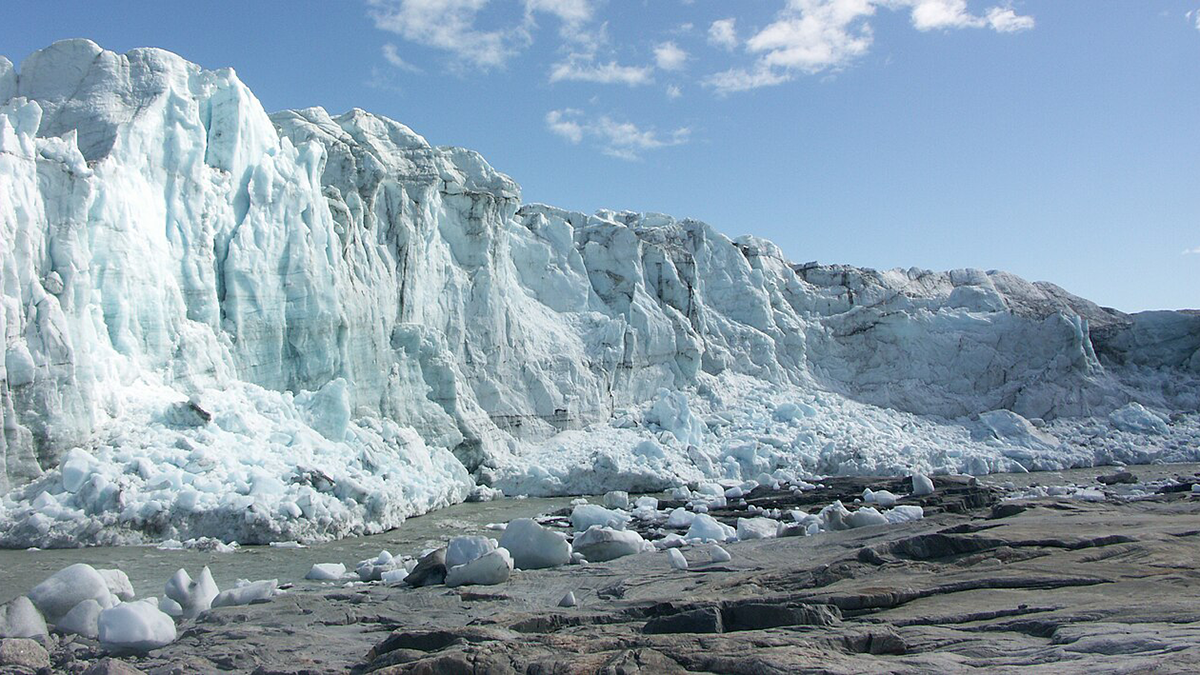Editors’ Highlights are summaries of recent papers by AGU’s journal editors.
Source: Journal of Geophysical Research: Earth Surface
Subglacial water underneath the Greenland Ice sheet has a strong impact on the flow of ice. At the beginning of surface melt season, small amounts of water reach the ice-sheet bed and cause acceleration of the ice flow. By the end of the melt season, a lot of melt water can reach the ice-sheet bed and may form subglacial channels due to the heat released by the flow of subglacial water. When such subglacial channels form, they efficiently discharge water from under the ice sheet and, as a result, the ice flow slows down.
Understanding and predicting when and where subglacial channels form is very challenging because of our inability to monitor subglacial environments on the scales of whole ice sheets. In their new theoretical study, Warburton et al. [2024] provide insights into circumstances under which such subglacial channels most likely form. The authors derive a relationship between the volume of surface meltwater that can reach the bed, the thickness of ice at a given location, and geothermal heat flux, which indicates whether a channel can form or not.
The results of this study will have a broad range of applications. They can be used to determine which outlet glaciers of the Greenland Ice Sheet are most likely to form subglacial channels and consequently whether should slow down over summer, and which ones are most likely to speed up because channels are unlikely to form underneath them. These results will also be used to improve models that predict future evolution of the Greenland Ice Sheet and its subglacial environment.
Citation: Warburton, K. L. P., Meyer, C. R., & Sommers, A. N. (2024). Predicting the onset of subglacial drainage channels. Journal of Geophysical Research: Earth Surface, 129, e2024JF007758. https://doi.org/10.1029/2024JF007758
—Olga Sergienko, Editor, JGR: Earth Surface

